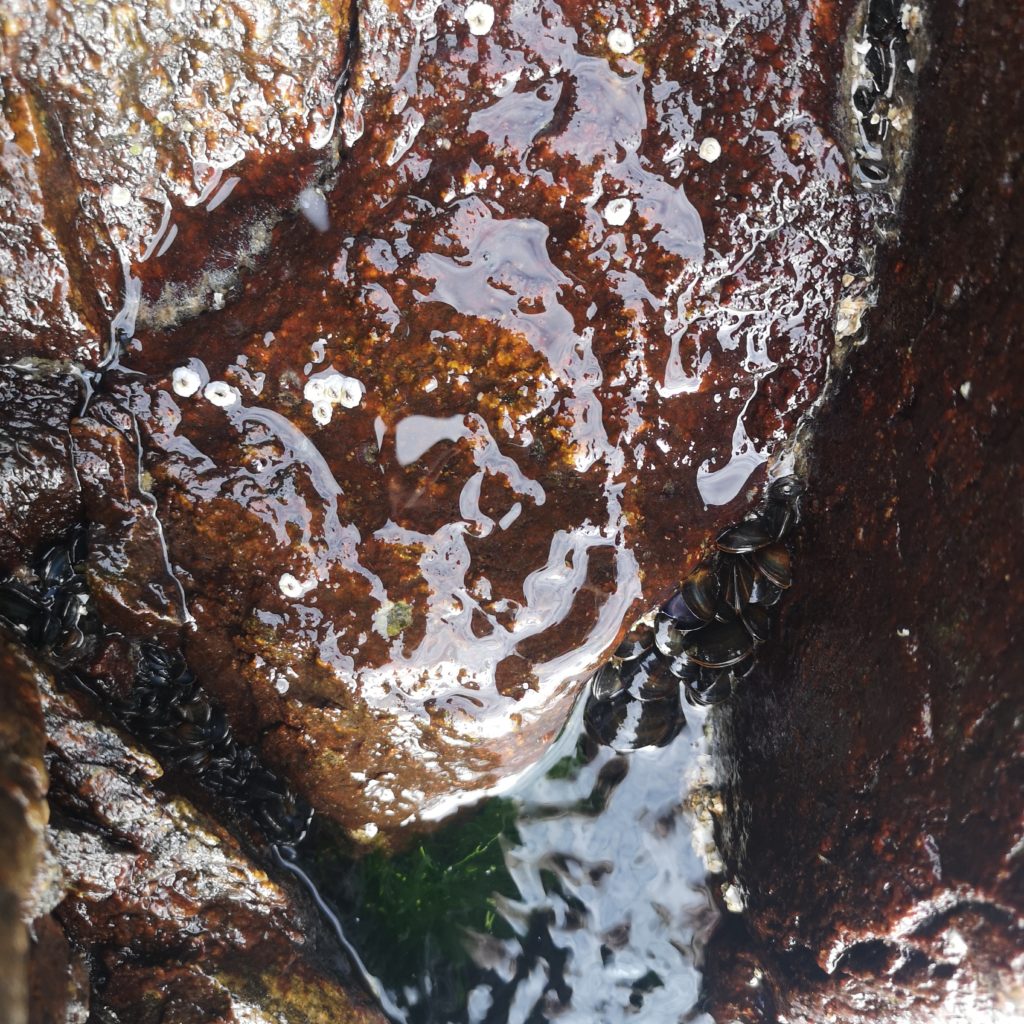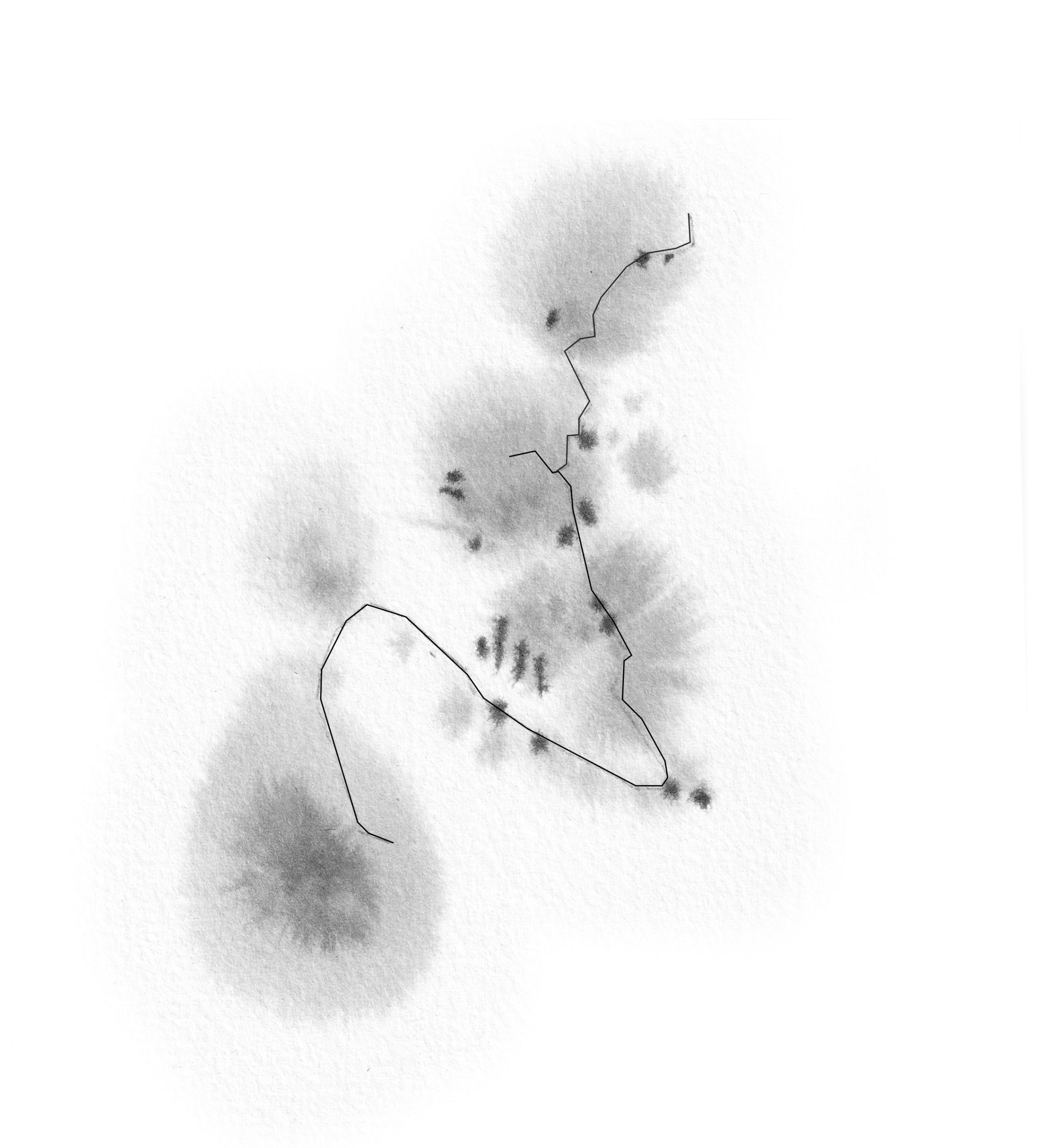SOUND AS A RESOURCE
:Explorations of rurban acoustic space
ABSTRACT
In our everyday lives we are constantly exposed to sound even if we do not reflect upon it. We recognize, associate, and analyze sounds all the time and it influences how we experience our surroundings. When talking about sound in relationship to architecture the most common discussion is focusing on defensive strategies to defend ourselves against noise. There are other perspectives on sound, which are in focus for this master’s thesis, which not only try to prevent hazardous sound levels but also emphasizes the importance of working with sound.
Architecture is often discussed from a visual perspective, but this master thesis explores architecture and the built environment from the perspective of sound. This is an exploration of site-specific sonic experiences and acoustic space in relation to the built environment. Through analyzing a rurban context and the site-specific qualities this thesis explores how sound could be used as a resource and be more present in the discussion about architecture and in the design process.
Qualitative and quantitative site analyzes of the architectural and sonic environment are used to understand the importance of sound in the local context. The sonic environment is changing with a changing society. Sounds are being extinct and new sounds are added. How the community and site-specific qualities are reflected in the sonic environment is explored through observations, surveys, mappings, and theoretical research. Site-specific sounds and acoustic qualities are the base for explorations of how to highlight sound through architectural interventions. Sound is a complex field of research and this thesis should be seen as an exploration of the relationship between sound and architecture and as an attempt to approach sound from the perspective of the architect.
KEYWORDS
Sonic environment, Qualitative analysis, Acoustic design, Rurban context, Sustainability
THESIS QUESTIONS
Main question
How can site-specific sound be used as a resource and highlighted through architectural interventions with the use of acoustics?
Sub-questions
How could sonic identity and rurban acoustic space be understood and highlighted through architectural design?
How can listening, hearing and the sonic experience be used in site analyzes and mapping of architectural qualities?
ABSTRACT & BOOKLET


